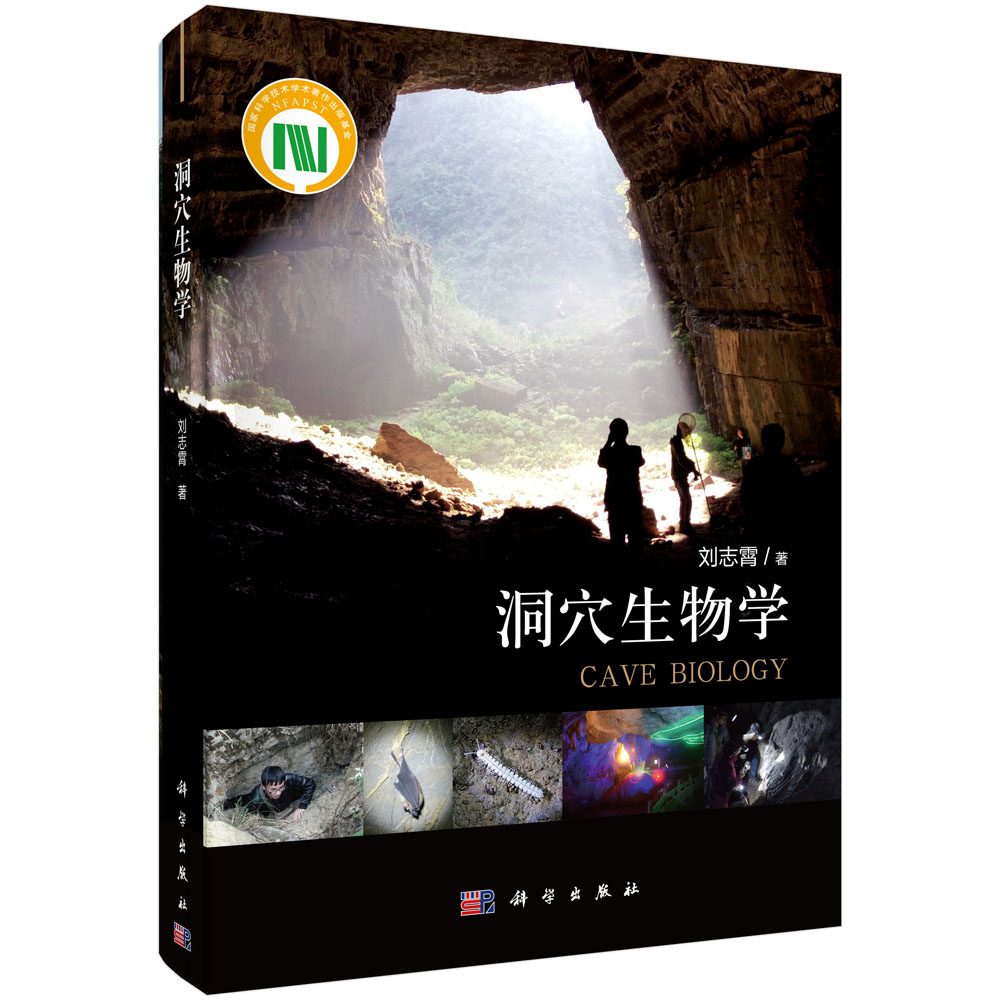
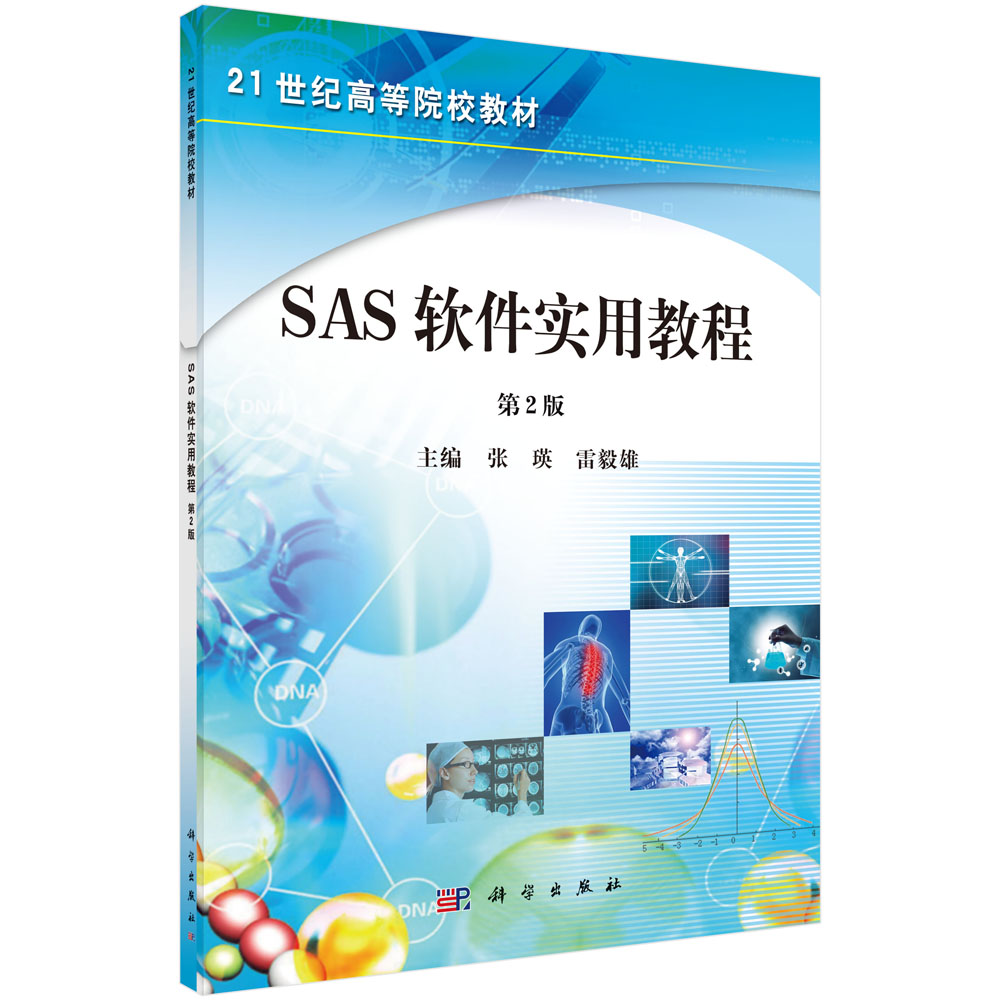

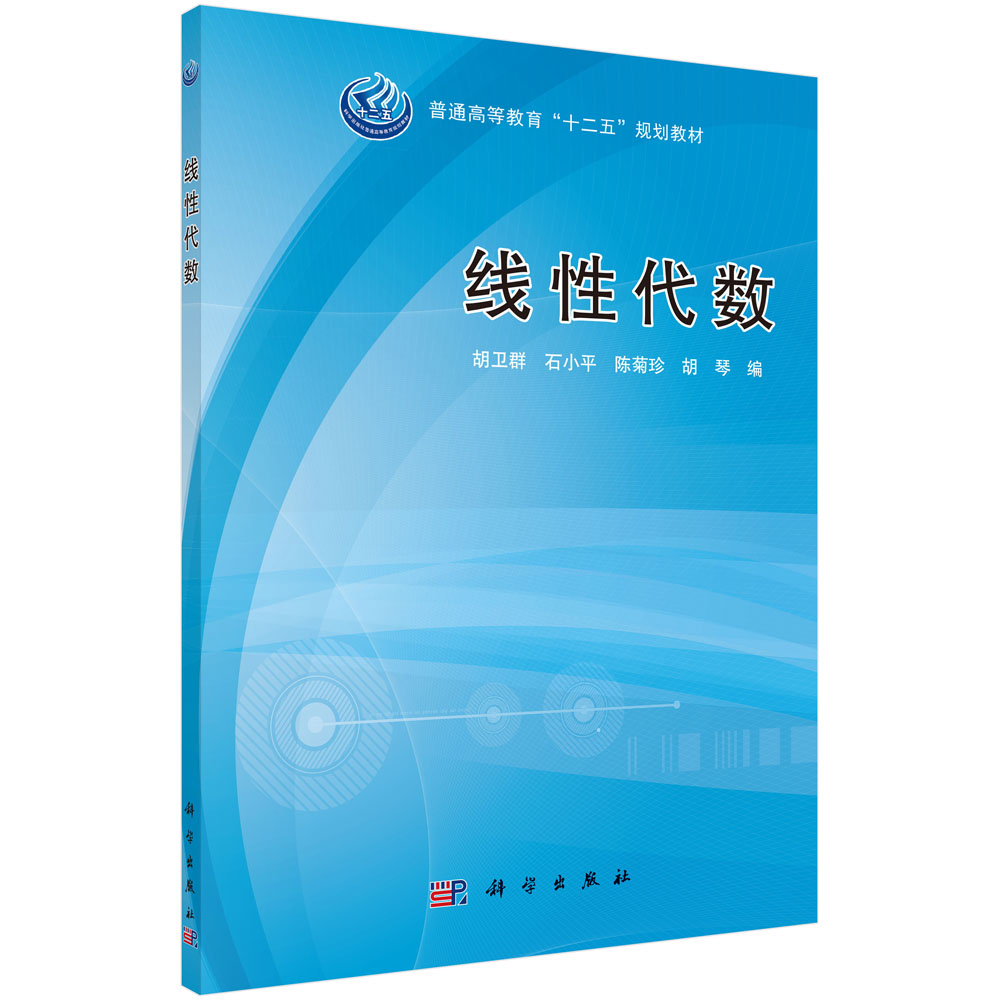
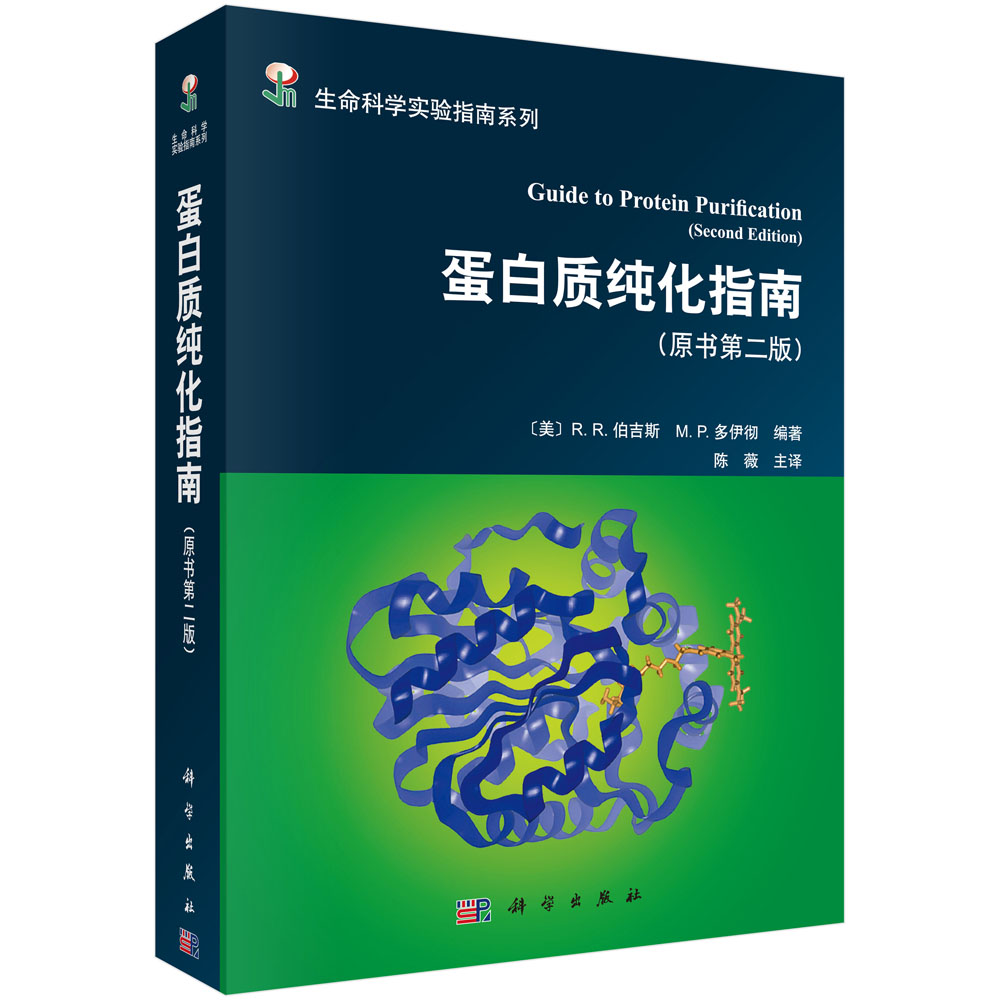
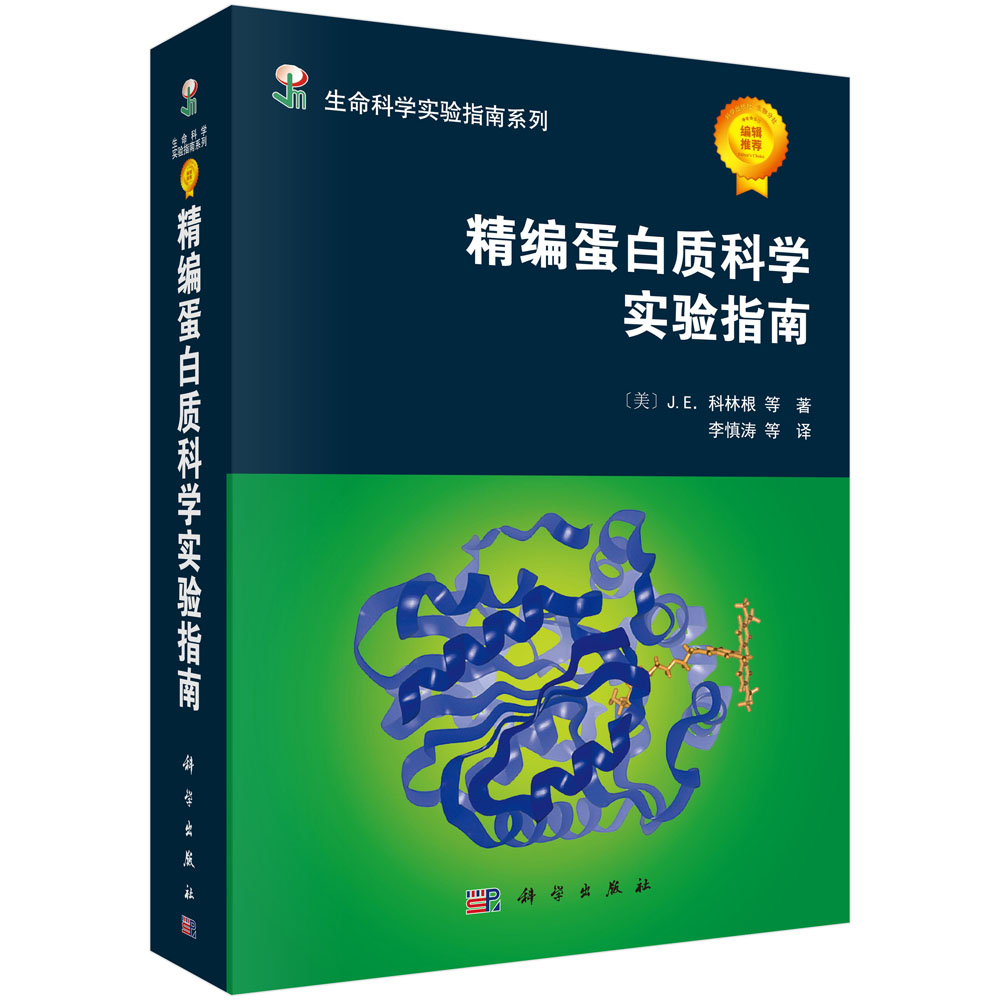

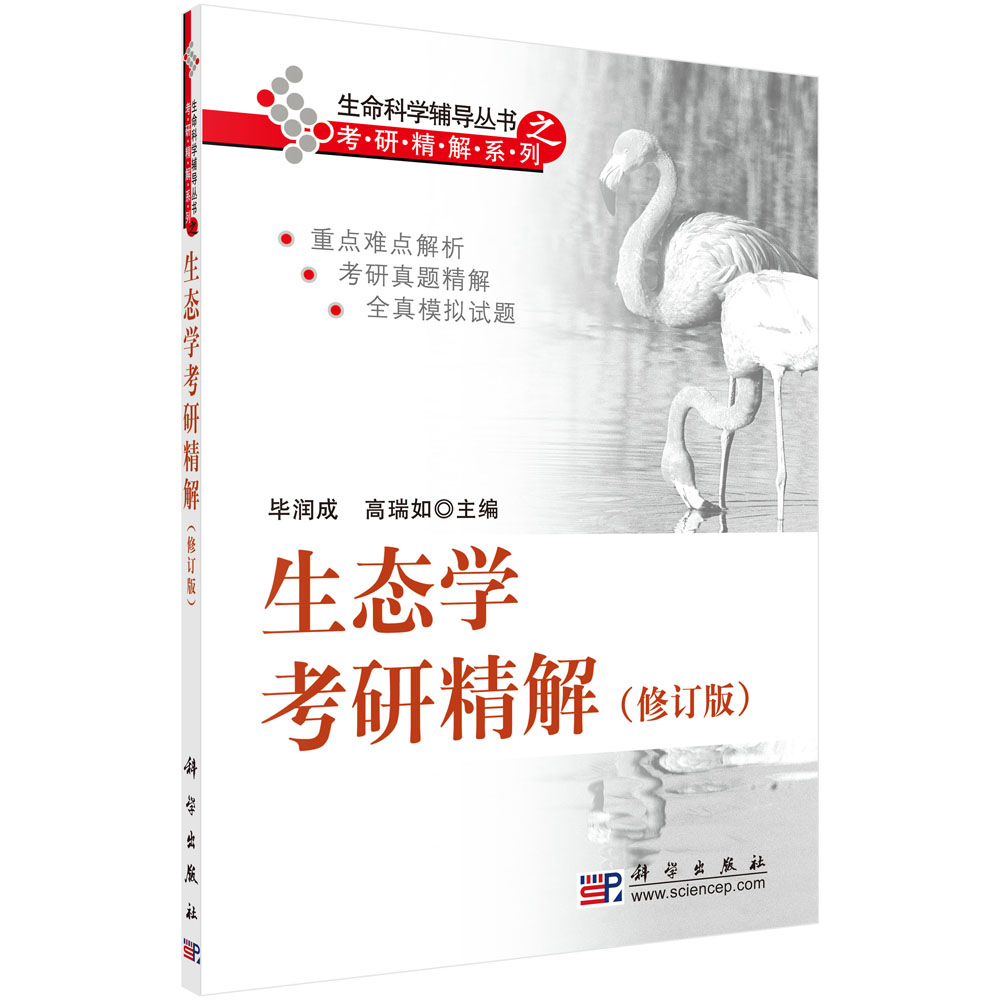
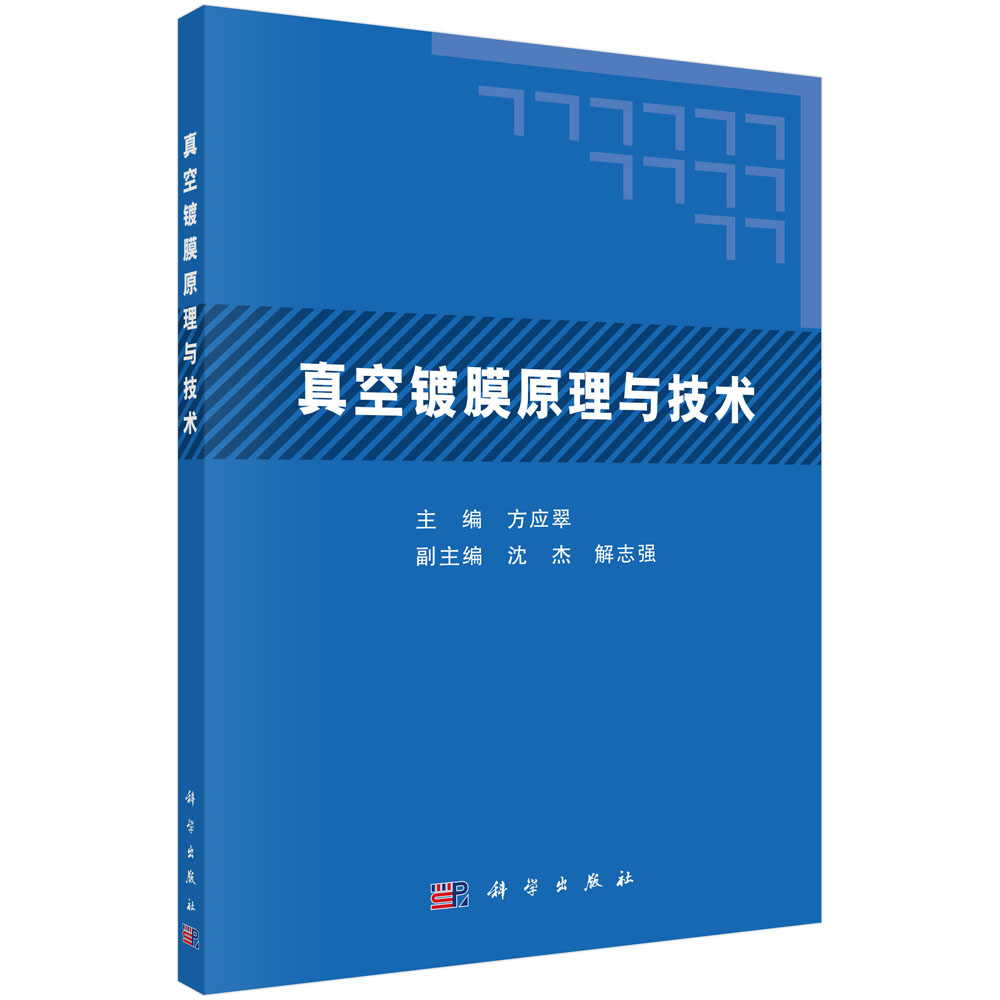

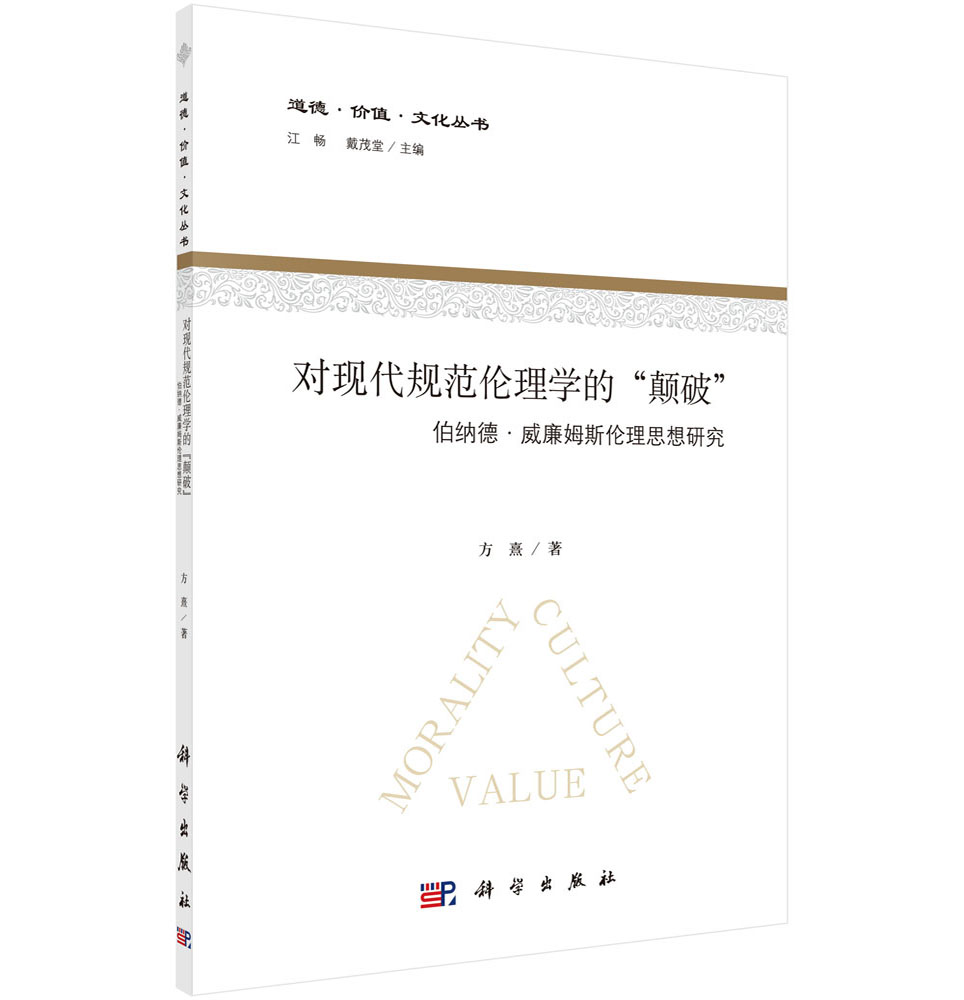

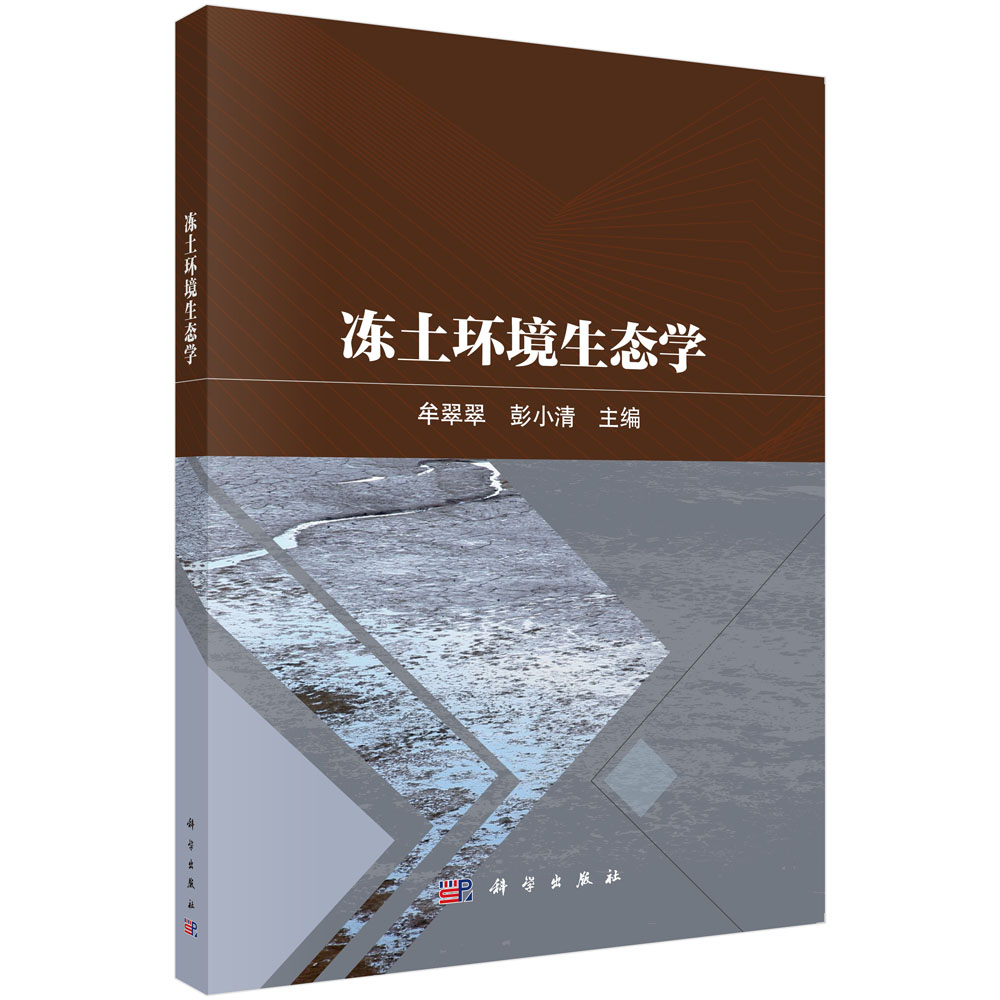

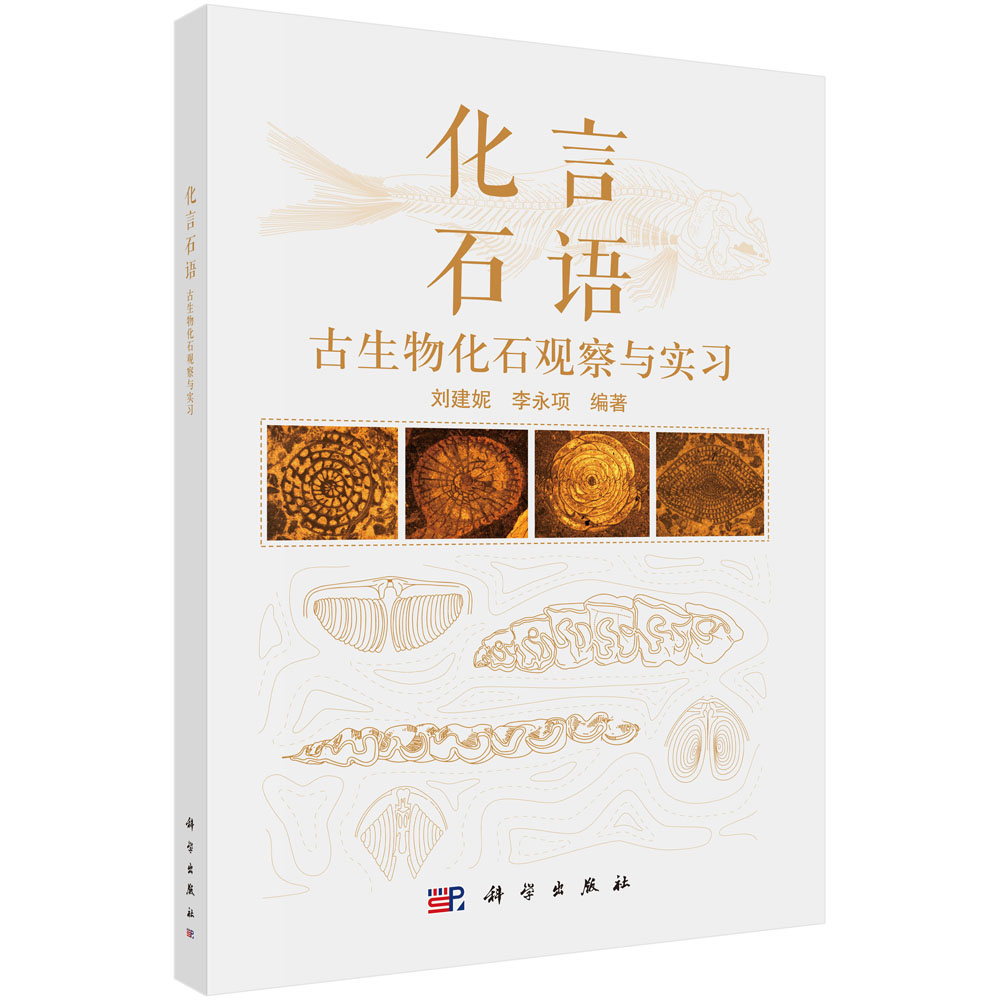



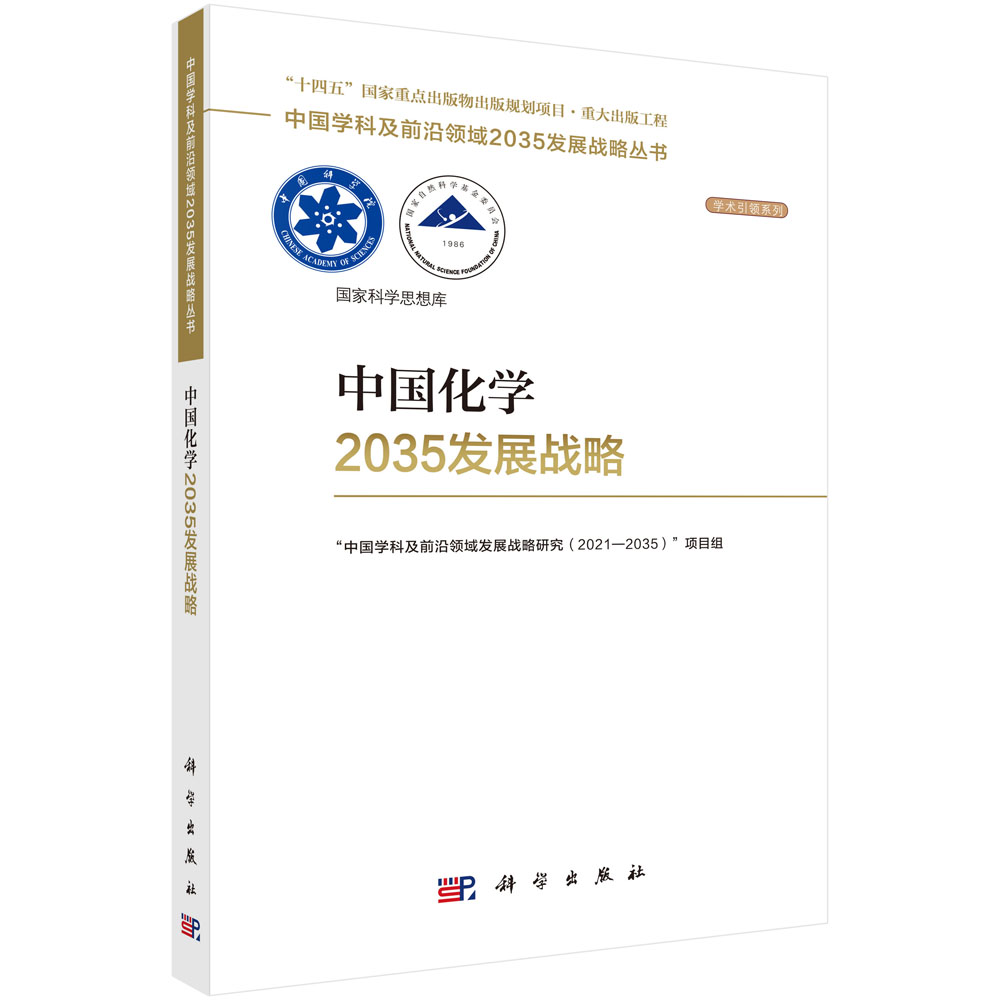

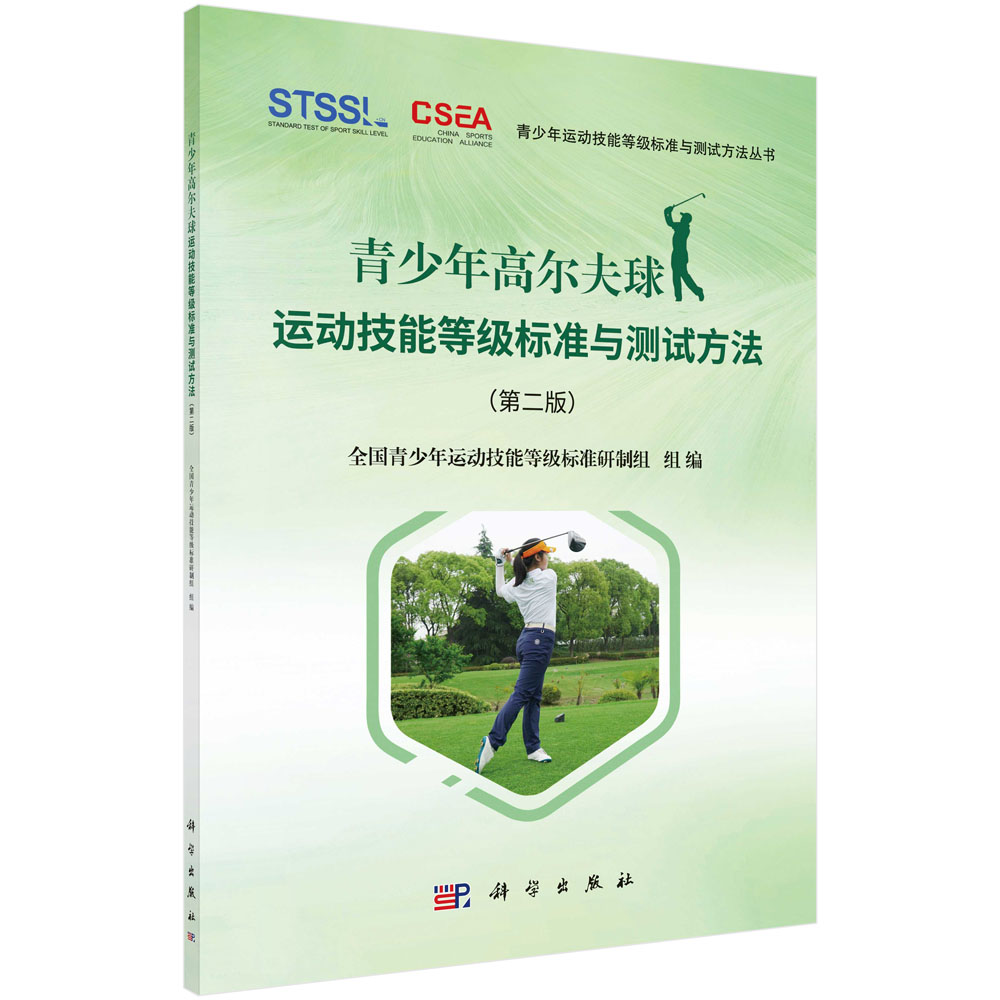
本书是关于洞穴中的生物学现象及其规律的综合性著作,较为系统地阐述了洞穴生物学的基本范畴、研究简史及相关的洞穴学基础,提供了新的材料;基于新的分类框架,比较全面地展现了洞穴生物多样性的基本面貌及真洞穴动物普遍性的生态生物学特征,体现了新的发现;就洞穴古生物学、洞穴考古、洞穴旅游与探险等方面的国内外研究进展进行了系统性的归纳与总结,融入了新的内容;对于洞穴的基础性功能、民生作用、受胁状况及洞穴资源的可持续利用与保护问题进行了新的梳理,提出了新的概念和新的见解,特别对于洞穴生物的类群划分,洞栖性蝙蝠的栖息生态和伞护性,以及洞穴生物多样性的特征、形成路径与机制进行了新的论述,反映了国内外洞穴生物学与生态学新近的学术成果、研究趋势与前景。
样章试读
- 暂时还没有任何用户评论
全部咨询(共0条问答)
- 暂时还没有任何用户咨询内容
目录
第一篇 学科范畴与洞穴学基础
第1章 绪论 3
1.1 洞穴生物学的基本范畴 3
1.2 国际洞穴生物学简史 5
1.2.1 从史前雕刻画到欧洲文艺复兴时期的神话沿袭 5
1.2.2 近代自然科学的启蒙至现代科学的诞生时期(1450~1880年) 6
1.2.3 拉马克学说与达尔文学说的产生、发展与交融时期(1800~1936年) 8
1.2.4 现代综合进化论时期(1936~1947年) 23
1.2.5 当前知识惯性的根源 26
1.3 中国洞穴生态生物学简史 27
1.3.1 鸦片战争以前中国古籍对洞穴及洞穴生物的记载 27
1.3.2 自近代开始至改革开放初期的相对停滞期 30
1.3.3 自改革开放以来的快速发展期 30
1.4 洞穴生物学研究方法 34
第2章 洞穴的基本构造、主要类型、形成机制与分布 37
2.1 洞穴的基本构造 37
2.2 洞穴的基本类型 38
2.2.1 按洞穴的自然性分类 38
2.2.2 按围岩的性质分类 39
2.2.3 根据洞道的走向、长度及复杂程度分类 39
2.2.4 根据洞穴发育所处的水文位置及洞内水量分类 39
2.2.5 按照洞穴的活性能量分类 39
2.2.6 根据洞穴所处的发育阶段分类 40
2.3 洞穴的形成机制 40
2.3.1 风蚀洞、风洞、砂岩洞与丹霞洞 40
2.3.2 砂砾岩洞与崩塌岩堆洞 41
2.3.3 构造洞穴与熔岩洞 42
2.3.4 海蚀洞、海陆边际洞、礁洞、蓝洞与海底洞穴 42
2.3.5 冰川洞穴与冰洞 43
2.3.6 碳酸盐岩溶洞 43
2.3.7 石膏洞与钙华洞 45
2.4 洞穴沉积物 46
2.4.1 物理沉积物 46
2.4.2 次生化学沉积物 46
2.4.3 生物及人类文化沉积物 49
2.5 洞穴的分布 50
第3章 洞穴中的非生物因子、洞穴石笋的信息传递及古气候学意义 53
3.1 洞穴中的非生物因子 53
3.1.1 围岩 53
3.1.2 空气 53
3.1.3 水 57
3.1.4 土壤、有机物质和阳光 57
3.1.5 次生性沉积物 58
3.2 洞穴石笋的信息传递及其古气候学意义 58
第二篇 洞穴生物类群多样性
第4章 洞穴中的生物类群划分及洞穴动物的连续统 65
第5章 洞穴中的微生物类群 67
5.1 细菌 67
5.1.1 洞穴中常见的细菌类型 68
5.1.2 细菌在洞穴中的生态作用 68
5.2 真菌 69
第6章 洞穴中的植物类群 73
6.1 藻类 73
6.2 地衣 75
6.3 苔藓 75
6.4 蕨类 76
6.5 种子植物 77
第7章 洞穴中的无脊椎动物类群(Ⅰ):非节肢动物 79
7.1 原生动物 79
7.2 海绵动物 80
7.3 腔肠动物 81
7.4 扁形动物 81
7.5 假体腔动物 82
7.6 环节动物 83
7.7 软体动物 85
7.8 触手冠动物 87
第8章 洞穴中的无脊椎动物类群(Ⅱ):节肢动物 89
8.1 甲壳亚门 89
8.1.1 鳃足纲 89
8.1.2 桨足纲 90
8.1.3 颚足纲 90
8.1.4 介形纲 90
8.1.5 软甲纲 90
8.2 螯肢亚门 93
8.2.1 蜱螨目 94
8.2.2 鞭蝎目 94
8.2.3 节腹目 95
8.2.4 蜘蛛目 95
8.2.5 无鞭目 97
8.2.6 裂盾目 97
8.2.7 蝎目 97
8.2.8 伪蝎目 98
8.2.9 盲蛛目 98
8.3 多足亚门 99
8.3.1 唇足纲 99
8.3.2 倍足纲 100
8.3.3 少足纲 101
8.3.4 综合纲 102
8.4 六足亚门 102
8.4.1 内颚纲 102
8.4.2 昆虫纲 103
第9章 洞穴中的脊椎动物类群 111
9.1 鱼纲 111
9.2 两栖纲 115
9.3 爬行纲 117
9.4 鸟纲 117
9.4.1 油鸱科 118
9.4.2 雨燕科 119
9.5 哺乳纲 119
9.5.1 翼手类 119
9.5.2 非飞行性哺乳类 120
第三篇 真洞穴动物的生态生物学特征与洞栖性蝙蝠的栖息生态
第10章 真洞穴动物的生态生物学特征 125
10.1 真洞穴动物的分布特征 125
10.2 真洞穴动物的形态结构特征 126
10.3 真洞穴动物的生理、生态与行为特征 128
10.4 真洞穴动物的繁育与生活史特征 129
10.5 真洞穴动物的遗传变异与进化 129
10.6 真洞穴动物研究中的“退化”概念与真洞穴动物多样性的形成机制 131
第11章 洞栖性蝙蝠的栖息生态 133
11.1 栖息生态学的基本概念 133
11.2 洞栖性蝙蝠栖点选择的概念与性质 134
11.3 湘西州一些洞栖性蝙蝠的栖息生态特征 136
11.4 菊头蝠对溶洞的选择模型 146
11.4.1 建模方法 147
11.4.2 菊头蝠生境适宜性模型评价 147
11.4.3 菊头蝠生境适宜性主要影响因素 149
11.5 洞栖性蝙蝠择居模式及栖点选择研究的问题与前景 150
第12章 洞栖性蝙蝠的生态位与伞护性 157
12.1 洞栖性蝙蝠的生态位 157
12.1.1 时间生态位 157
12.1.2 空间生态位 158
12.1.3 温度与湿度生态位 159
12.1.4 营养生态位 159
12.2 洞栖性蝙蝠的关键作用与“伞护种”功能 160
12.3 洞栖性蝙蝠的生态(服务)功能 161
12.4 洞栖性蝙蝠的生态代理性 162
第四篇 洞穴古生物学与洞穴考古学、旅游探险及资源保护
第13章 洞穴古生物学与洞穴考古学 167
13.1 古生物学的基本范畴 167
13.2 考古学的基本范畴 168
13.3 洞穴堆积及其在古生物学和考古学研究中的意义、方法及存在的问题 169
13.3.1 洞穴堆积的意义、来源及类型 169
13.3.2 洞穴堆积中的动物化石 170
13.3.3 洞穴堆积与古人类化石及遗物 172
13.3.4 洞穴堆积的形成与动物群遗骸的积聚 173
13.3.5 古生物学在确定洞穴堆积物时代中的作用 175
13.3.6 鉴定洞穴堆积地层时代的古动物学方法 175
13.3.7 洞穴堆积中黏土矿物组合与氧化物含量的气候指示意义 176
13.3.8 洞穴堆积物、化石及文物的年龄测定 176
13.3.9 分子化石及其气候意义 179
13.3.10 地球物理勘探法在洞穴探察与洞穴堆积研究中的应用 179
13.3.11 洞穴堆积中的盖板与混杂堆积问题 181
13.3.12 洞穴陷阱与洞穴堆积 181
13.4 第四纪的气候变化及动物群的演变 182
13.5 中国境内发现的一些洞穴古生物及古人类化石 185
13.5.1 华北地区 188
13.5.2 东北地区 190
13.5.3 西北地区 190
13.5.4 西南地区 190
13.5.5 华中地区 191
13.5.6 华东地区 192
13.5.7 华南地区 194
第14章 洞穴旅游与探险 197
14.1 洞穴旅游 197
14.1.1 国际著名的大型洞穴系统 198
14.1.2 中国旅游洞穴概貌 199
14.1.3 旅游洞穴价值评价 202
14.2 洞穴探险 203
第15章 洞穴的基础性功能与科技文化价值 205
15.1 洞穴的基础性功能 205
15.1.1 穴居 205
15.1.2 洞穴水资源 206
15.1.3 洞穴肥料 206
15.1.4 洞穴储藏、种养与洞藏酒 207
15.1.5 洞穴排水与排污 209
15.1.6 洞穴矿产 209
15.1.7 洞穴驻防与国防 209
15.1.8 洞穴交通 210
15.1.9 洞穴中的药物与洞穴医疗 211
15.1.10 洞穴的其他生态服务功能与文化意义 212
15.2 洞穴科研与科普 213
15.3 洞穴仿真 214
15.4 溶洞主题公园 214
第16章 人类活动对洞穴生态系统的影响与洞穴资源保护 215
16.1 人类活动对洞穴的影响 215
16.1.1 对洞穴周边环境的影响 215
16.1.2 对洞穴空气的影响 215
16.1.3 对洞穴自然景观的破坏与污染 217
16.1.4 对洞穴生物类群的影响 218
16.1.5 对洞穴自然历史信息及文化特征的影响 219
16.2 资源新义及对资源等级的新划分 220
16.2.1 对资源概念及性质的新理解 220
16.2.2 “零次资源”的概念与资源的分类 220
16.3 洞穴资源保护 221
16.3.1 洞穴资源保护的基础研究与科技人才培养 221
16.3.2 洞穴资源保护中的法制保障 221
16.3.3 洞穴旅游及探险、工程建设与基层民众的保护作为 223
16.3.4 生态文明建设、生态教育与洞穴资源及洞栖性蝙蝠的保护 224
16.3.5 新的自然保护伦理观与洞穴资源的保护 226
主要参考文献 229
索引 243
Contents
Part one Concept of Cave Biology and Rudimentary Knowledge of Speleology
Chapter 1 Introduction 3
1.1 Basic scope of cave biology 3
1.2 Brief history of international cave biology 5
1.2.1 Lineage from prehistoric sculpture to the myth of the European Renaissance 5
1.2.2 Enlightenment of natural science to birth of modern science (1450~1880) 6
1.2.3 Generation, development and blending of Lamarckism and Darwinism (1800~1936) 8
1.2.4 Impact of modern synthesis (1936~1947) 23
1.2.5 Roots of current intellectual inertia 26
1.3 Brief history of Chinese cave biology 27
1.3.1 Records on caves and cave creatures in Chinese ancient books before the Opium War 27
1.3.2 Relative stagnation from the start of Chinese modern times to the initial stages for China reform and opening-up 30
1.3.3 Rapid development since the reform and opening-up 30
1.4 Research methods of cave biology 34
Chapter 2 Fundamental knowledge of speleology 37
2.1 Basic construction of caves 37
2.2 Main types of caves 38
2.2.1 Caves classi.ed by their nature 38
2.2.2 Caves classi.ed by the properties of surrounding rock 39
2.2.3 Caves classi.ed by the direction, length and complexity of passages 39
2.2.4 Caves classi.ed by their hydrological location and amount of water 39
2.2.5 Caves classi.ed by their active energy 39
2.2.6 Caves classi.ed by their stage of development 40
2.3 Formation mechanism of caves 40
2.3.1 Aeolian cave, wind cave, sandstone cave and Danxia cave 40
2.3.2 Gravel cave and talus cave 41
2.3.3 Tectonic cave and lava tube 42
2.3.4 Sea / marine cave, anchialine / marginal cave, reef / coral cave, blue hole / cave and underwater / submarine cave 42
2.3.5 Glacier cave and ice cave 43
2.3.6 Karst cave 43
2.3.7 Gypsum cave and travertine cave 45
2.4 Speleothem 46
2.4.1 Physical sediments 46
2.4.2 Secondary chemical deposits 46
2.4.3 Biological and human cultural deposits 49
2.5 Distribution of caves 50
Chapter 3 Abiotic factors in caves, information transmission of stalagmites and their paleoclimatological implications 53
3.1 Abiotic factors of caves 53
3.1.1 Surrounding rocks 53
3.1.2 Air 53
3.1.3 Water 57
3.1.4 Soil, organic substances and sunlight 57
3.1.5 Secondary sediments 58
3.2 Information transfer of stalagmites and their paleoclimatological implications 58
Part two Taxonomic Diversity of Cave Life
Chapter 4 Classification of cave creatures and the continuum of cave animals 65
Chapter 5 Microbes in caves 67
5.1 Bacteria 67
5.1.1 Common types of bacteria found in caves 68
5.1.2 Ecological role of bacteria in caves 68
5.2 Fungi 69
Chapter 6 Plants in caves 73
6.1 Algae 73
6.2 Lichens 75
6.3 Bryophytes 75
6.4 Ferns 76
6.5 Spermatophytes 77
Chapter 7 Invertebrates in caves(Ⅰ): Non-arthropod 79
7.1 Protozoa 79
7.2 Spongia 80
7.3 Coelenterata 81
7.4 Platyhelminthes 81
7.5 Pseudocoelomate 82
7.6 Annelida 83
7.7 Mollusca 85
7.8 Lophophorates 87
Chapter 8 Invertebrates in caves(Ⅱ): Arthropod 89
8.1 Crustacea 89
8.1.1 Branchiopoda 89
8.1.2 Remipedia 90
8.1.3 Maxillopoda 90
8.1.4 Ostracoda 90
8.1.5 Malacostraca 90
8.2 Chelicerata 93
8.2.1 Acari 94
8.2.2 Thelyphonida / Uropygi 94
8.2.3 Ricinulei 95
8.2.4 Araneae 95
8.2.5 Amblypygi 97
8.2.6 Schizomida 97
8.2.7 Scorpionida 97
8.2.8 Pseudoscorpionida 98
8.2.9 Opiliones 98
8.3 Myriapoda 99
8.3.1 Chilopoda 99
8.3.2 Diplopoda 100
8.3.3 Pauropoda 101
8.3.4 Symphyla 102
8.4 Hexapoda 102
8.4.1 Entognatha 102
8.4.2 Insecta 103
Chapter 9 Vertebrates in caves 111
9.1 Pisces 111
9.2 Amphibia 115
9.3 Reptilia 117
9.4 Aves 117
9.4.1 Steatornithidae 118
9.4.2 Apodidae 119
9.5 Mammalia 119
9.5.1 Chiroptera 119
9.5.2 Non-.ying mammals 120
Part three Eco-biological Characteristics of Troglobites and Roosting Ecology of Cave-dwelling Bats
Chapter 10 Eco-biological characteristics of troglobites 125
10.1 Distribution of troglobites 125
10.2 Morphological characteristics of troglobites 126
10.3 Physiological, ecological and behavioral characteristics of troglobites 128
10.4 Reproduction and life history traits of troglobites 129
10.5 Genetic variation and evolution of troglobites 129
10.6 Concept of “degeneration”in the literature about troglobites versus formation mechanism of troglobite diversity 131
Chapter 11 Roosting ecology of cave-dwelling bats 133
11.1 Basic concept of roosting ecology 133
11.2 Concept and properties of roostpoint selection of cave-dwelling bats 134
11.3 Roosting ecological characteristics of some cave-dwelling bats in Xiangxi Prefecture 136
11.4 Selection models of horseshoe bats (Rhinolophus) for karst cave as habitat 146
11.4.1 Modeling methods 147
11.4.2 Evaluation of habitat suitability model for horseshoe bats 147
11.4.3 Main factors in.uencing habitat suitability of horseshoe bats 149
11.5 Opt-resident pattern of cave-dwelling bats & problems and prospects of roostpoint selection research 150
Chapter 12 Niche of cave-dwelling bats and their roles as umbrella species 157
12.1 Niche of cave-dwelling bats 157
12.1.1 Temporal niche 157
12.1.2 Spatial niche 158
12.1.3 Temperature and humidity niche 159
12.1.4 Trophic niche 159
12.2 Pivotal roles and umbrella species functions of cave-dwelling bats 160
12.3 Ecological service functions of cave-dwelling bats 161
12.4 Ecological surrogation of cave-dwelling bats 162
Part four Cave Paleobiology & Archaeology, Eco-tourism & Caving, Resource Conservation
Chapter 13 Cave paleobiology and cave archaeology 167
13.1 Basic concepts of paleobiology 167
13.2 Basic concepts of archaeology 168
13.3 Cave deposits and their signi.cance, methodology and existing problems in paleobiology and archaeology 169
13.3.1 Signi.cance, source and types of cave deposits 169
13.3.2 Fossils of animals in cave deposits 170
13.3.3 Cave deposits with hominid fossils and remains 172
13.3.4 Formation of cave deposits and accumulation of faunal remains 173
13.3.5 Role of paleontology in determining the age of cave deposits 175
13.3.6 Paleozoological methods for identi.cation of the age of cave deposits 175
13.3.7 Climatological implications of clay mineral assemblage and oxide content in cave deposits 176
13.3.8 Dating of cave deposits, fossils and artefacts 176
13.3.9 Molecular fossils and their climatic implications 179
13.3.10 Application of geophysical survey in the study of cave exploration and cave deposits 179
13.3.11 Problem of cover sheet and hybrid stacking in cave deposits 181
13.3.12 Cave death traps and cave deposits 181
13.4 Climatic change of Quaternary & evolution of fauna 182
13.5 Fossils of cave palaeobios and ancient humans discovered in China 185
13.5.1 North China Region 188
13.5.2 Northeast China Region 190
13.5.3 Northwest China Region 190
13.5.4 Southwest China Region 190
13.5.5 Central China Region 191
13.5.6 East China Region 192
13.5.7 South China Region 194
Chapter 14 Cave eco-tourism and caving 197
14.1 Cave eco-tourism 197
14.1.1 International famous large-scale cave systems 198
14.1.2 Pro.le of Chinese caves for tourists 199
14.1.3 Value evaluation of caves for tourists 202
14.2 Spelunking 203
Chapter 15 Basic roles and science-technology cultural values of caves 205
15.1 Fundamental functions of caves 205
15.1.1 Cave-living 205
15.1.2 Water in caves 206
15.1.3 Manure in caves 206
15.1.4 Storage, cultivation and cave-storaged liquor 207
15.1.5 Drainage and sewage into caves 209
15.1.6 Cave minerals 209
15.1.7 Cave garrison and national defense 209
15.1.8 Caves as tra.c channels 210
15.1.9 Medicine in caves and speleotherapy 211
15.1.10 Other eco-service functions and cultural signi.cance of caves 212
15.2 Cave science research and science popularization 213
15.3 Cave simulation 214
15.4 Karst cave theme park 214
Chapter 16 Impacts of Human activities on cave ecosystem & conservation of cave resources 215
16.1 E.ects of anthropogenic factors on caves 215
16.1.1 On surrounding environment of caves 215
16.1.2 On air in caves 215
16.1.3 Destruction and pollution to natural landscapes of caves 217
16.1.4 On cave biota 218
16.1.5 On cave natural historical information and cultural characteristics 219
16.2 New insights into the concept of resource and new grading of resources 220
16.2.1 New understanding of resource and its nature 220
16.2.2 Concept of “Zero resource”and classi.cation of resources 220
16.3 Conservation of cave resources 221
16.3.1 Training of science-technology talents majoring in cave research and conservation 221
16.3.2 Legal safeguard of cave resource conservation 221
16.3.3 Caving, eco-tourism, engineering construction and conservation actions from the grassroots 223
16.3.4 Eco-civilization construction, eco-education & conservation of cave resources and cave-dwelling bats 224
16.3.5 New nature conservation ethics toward cave resources 226
References 229
Index 243